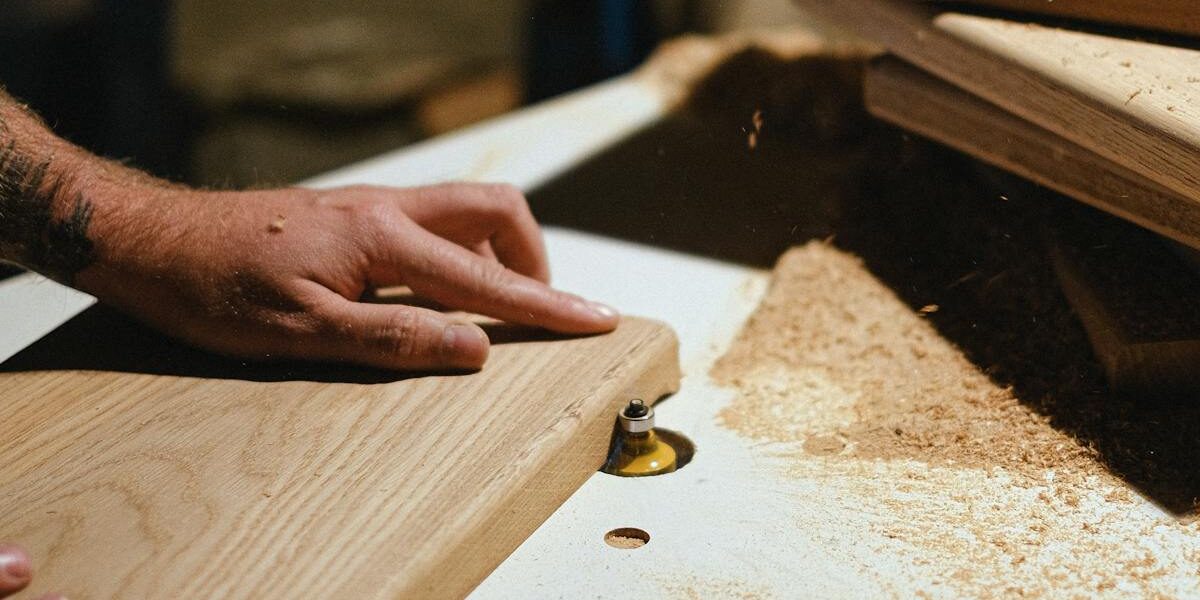Best Wood for Carving
Wood carving is a timeless craft. It has been practiced for centuries in different regions around the world. The art of carving involves creating intricate designs from blocks of wood using various tools. Choosing the right type of wood is crucial for any carving project. Various woods have different properties, which affect the ease of carving, the detail achievable, and the durability of the final piece.

Basswood
Basswood is often the top choice for wood carvers, especially beginners. Its texture is soft, which makes it easy to carve. This wood has a fine, even grain, which helps in creating detailed work. Basswood tends to hold paint well, making it suitable for projects requiring color. It is light in color, usually a pale cream or white.

Basswood is abundant in North America, resulting in an affordable price. However, its softness means it might not be the best option for intricate sculptures requiring durability. For projects where paint or stain is used, sealing basswood is advisable to prevent the color from being absorbed unevenly.

Butternut
Butternut, closely related to walnut, is another popular choice. It is slightly softer than basswood. This makes it even easier to carve. It has a rich, pale brown color and an attractive grain pattern that does not need to be covered with paint.

The wood’s softness means it can be damaged easily, so it may not be suitable for projects that will experience a lot of handling. Butternut is favored for its ease of cutting and rich appearance. It is slightly more expensive due to its availability and demand.

Mahogany
Mahogany is a hardwood known for its rich, reddish-brown color and straight grain. Although it’s harder than basswood or butternut, its workability is remarkable. Mahogany is appreciated for its durability, making it an excellent choice for long-lasting pieces.

This wood allows for detailed and intricate designs due to its density. However, the hardness requires more effort and skill. Carvers using mahogany often appreciate its natural beauty and rarely paint over it. Mahogany can be sourced sustainably, although some variants may be more costly due to their popularity and export regulations.

White Pine
White pine is widely recognized for its versatility and ease of carving. It is soft, with a fine, straight grain similar to basswood. White pine is generally light in color, making it suitable for staining and painting. Carvers love its relative affordability and availability.

It holds detail well and is less prone to warping than some other softwoods. One downside is its tendency to produce sap, which may gum up tools. Prepping white pine by properly drying it can mitigate this drawback.

Cherry
Cherry wood is a favorite for its strong and fine grain, developing a beautiful rich color with age. It offers a good balance between workability and detail. Cherry wood cuts cleanly with both hand and power tools, making it a versatile choice.

It is harder than white pine or basswood. The harder nature requires sharper tools and more skill. Cherry is known for its natural luster, often making it a choice for elegant and polished pieces. Its slight challenge may prove rewarding as the results are often stunning.

Walnut
Walnut is famous for its dark color and tight grain, admired for fine furniture and carving alike. Its color ranges from light brown to deep chocolate. It can achieve intricate detail despite its hardness.

Though more challenging, carving walnut can lead to impressive, durable sculptures and decorative items. It tends to be more expensive than basswood or pine. Artisans treasure walnut for its elegance and durability, often finishing it with oils or lacquers to enhance its natural beauty.

Conclusion
When selecting wood for carving, consider the nature of the project, the level of detail required, and the wood’s properties. Each type of wood brings unique characteristics to the table, influencing the carving process and the art’s final look and feel. Understanding these elements will help in choosing the perfect material for your carving endeavors.

\n\n
Related Articles
\n



Subscribe for Updates
Get the latest articles delivered to your inbox.
We respect your privacy. Unsubscribe anytime.